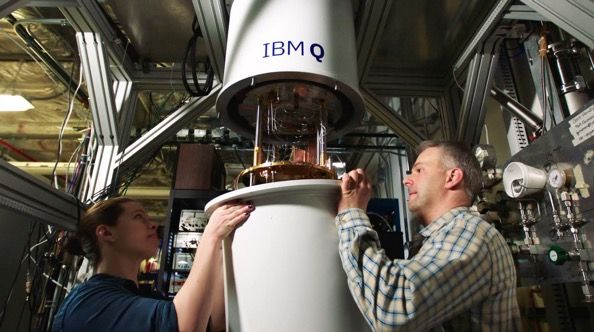Psychiatrists diagnose people with schizophrenia, ADHD, bipolar disorder and other mental illnesses by spending time with them, looking for the particular behavior symptoms of each. What follows can be a hit-or-miss series of medications and dosages until disruptive behaviors go away.
By deciphering the circuitry of the medial frontal cortex — an area beneath the top of the head — those diagnoses could become much more efficient and precise by allowing physicians to diagnose based on how neurons respond to a simple series of behavior tests.
A Vanderbilt University team recently described how error and reward signals are organized within the cerebral cortex, which is only as thick as a nickel. They say this information could also be significant in drug development by guiding medications to target receptors in particular layers of the cerebral cortex where they will be most effective.






